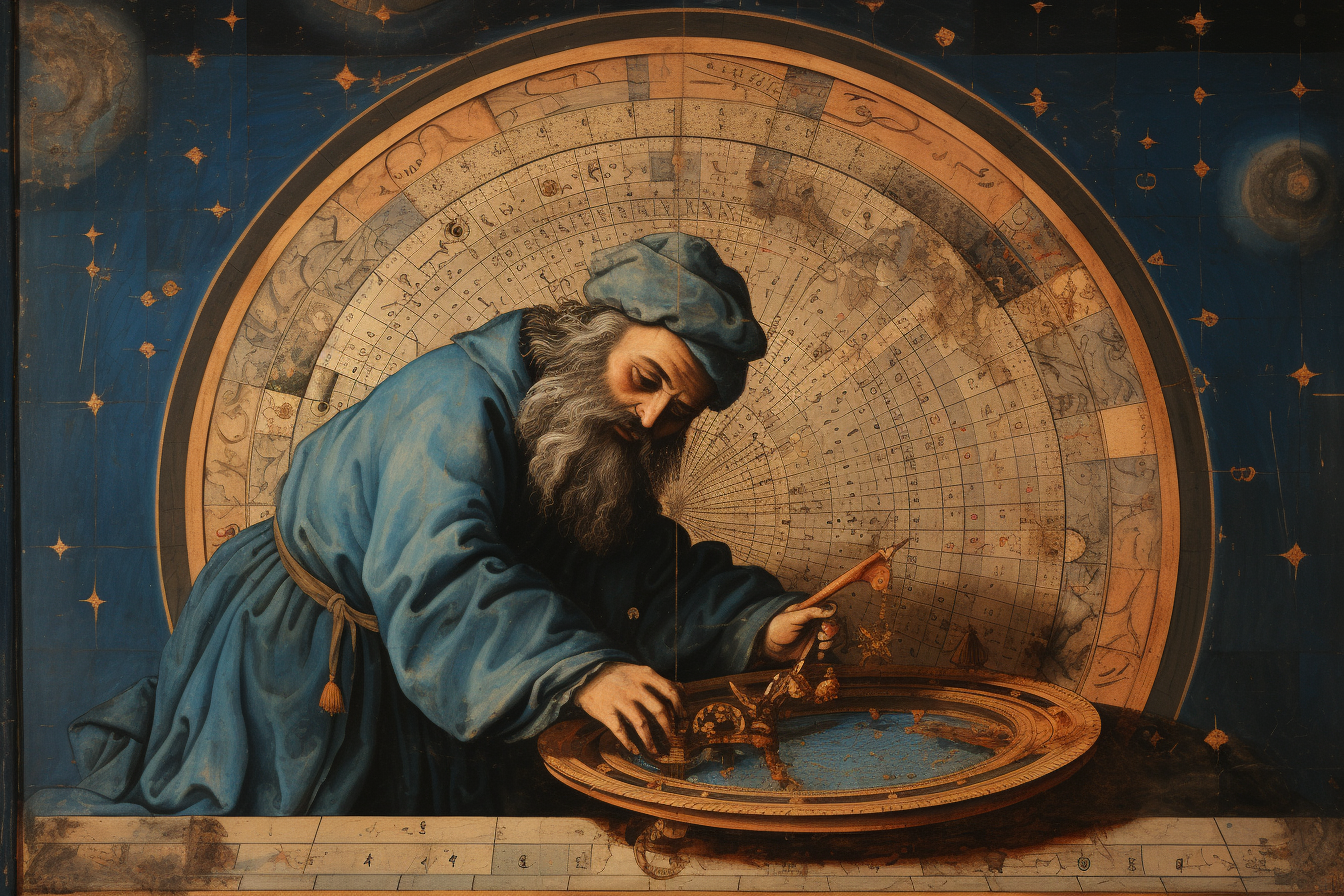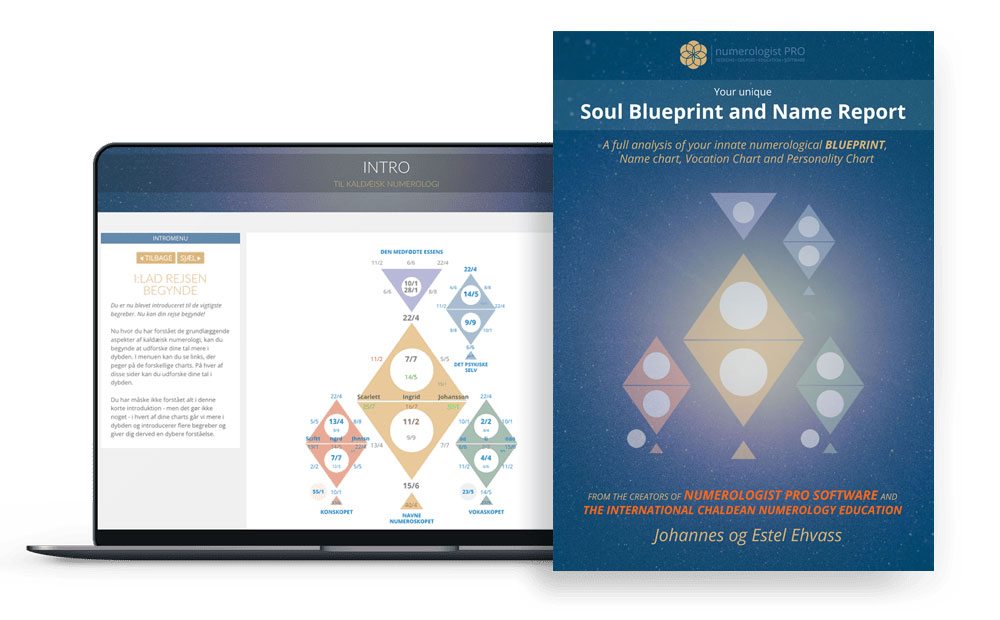Astronomy & Astrology: Tools of the Trade

Johannes Ehvass
Welcome, dear reader! Together, we embark on a captivating journey into astrology, a timeless art and science that has accompanied humanity since its earliest days. Each astrological discovery not only mirrors the era and culture it emerged from but also feels like a celestial gift, as if the universe is directly speaking to us. Through these articles, I share with you the profound journey of how astrology has grown and evolved alongside us. Let's explore this cosmic connection that has, for millennia, enriched our understanding of ourselves and the universe around us.

Throughout the ages, humankind’s fascination with the celestial realm has spurred the development of various instruments and tools designed to study, measure, and interpret the cosmos.
Particularly in the Middle Ages, advancements in technology were instrumental in enhancing our understanding of astrology and astronomy.
From astrolabes to armillary spheres, these devices became not just symbolic of human ingenuity but also mirrors reflecting the universe’s intricate design.
As we delve into this article, we will uncover the intricacies of these instruments and the contributions of Byzantine knowledge that enriched European astrological practices.
Astrolabes: Navigating the Stars
One of the most iconic instruments of the Middle Ages, the astrolabe, combined artistry with precision, offering both aesthetic allure and functional prowess.
Design and Function
At its core, an astrolabe is a two-dimensional model of the heavens. Crafted typically from brass, it consists of a plate or ‘mater’ which holds different plates called ‘tympans’ representing star configurations for specific latitudes. Over this lies the ‘rete,’ a web-like structure depicting bright stars. Users could rotate the rete to simulate the stars’ motion and make various astronomical or astrological calculations.
Astrological Insights
Beyond its astronomical utility, the astrolabe served astrologers in casting horoscopes, determining planetary positions, and predicting auspicious times for events. With it, the relationship between heavenly bodies and earthly events became more accessible, and astrology’s precision was considerably enhanced.
Spread and Evolution
While the origins of the astrolabe trace back to ancient Greece, it was the Islamic world that refined and extensively used it during the Middle Ages. As this knowledge reached Europe, the astrolabe became a staple in the toolkit of astronomers and astrologers alike, symbolizing the confluence of different cultural intellects.
Armillary Spheres: Modeling the Universe
Another stunning representation of the medieval understanding of the cosmos is the armillary sphere, which encapsulated the universe in its rings.
Structure and Symbolism
Constructed from a series of concentric rings representing celestial circles – like the equator, tropics, and ecliptic – armillary spheres provided a three-dimensional representation of the heavens. Central to the sphere was the Earth, around which these rings revolved, echoing the geocentric worldview of the time.
Applications in Astrology
For astrologers, armillary spheres were indispensable in visualizing celestial alignments and the interplay of cosmic forces. By manipulating the rings, one could simulate planetary motions, making it easier to predict conjunctions, oppositions, and other significant astrological events.
Quadrants: Precision in Measurement
While less ornate than astrolabes or armillary spheres, the quadrant was no less significant in the realms of astronomy and astrology.
Functionality and Form
Quadrants, typically made of wood or metal, were quarter-circle panels used to measure angles up to 90 degrees. With a plumb line attached, users could determine altitudes of celestial objects, aiding in navigation and timekeeping.
Astrological Relevance
For medieval astrologers, the quadrant was a tool to determine the exact positions of stars and planets at any given time. By knowing these positions, astrologers could draw up more accurate charts, enhancing the precision of their readings and predictions.
Byzantine Contributions and Their Influence on European Astrological Practices
The Byzantine Empire, with its rich tapestry of Hellenistic, Roman, and Christian traditions, played a pivotal role in the transmission and enhancement of astrological knowledge.
Byzantine Astrological Texts
Byzantine scholars preserved many ancient astrological texts that might have otherwise been lost. These texts, often translations or commentaries on works from the Greco-Roman world, ensured that the wisdom of astrologers like Ptolemy and Valens remained accessible.
Technological Innovations
Byzantine advancements in astronomical tools influenced European practices. Their refinements in instruments like the astrolabe enriched observational techniques, making European astrology more nuanced and detailed.
Conduit of Knowledge
As the Byzantine Empire interacted with both the Islamic world and Europe, it became a bridge for knowledge transfer. Astrological insights from the East reached European shores through Byzantium, marking a synthesis of traditions and ideas that enriched the medieval astrological landscape.
In conclusion, the Middle Ages witnessed a confluence of art, science, and spirituality, embodied in the instruments and tools that astrologers and astronomers wielded. Whether gazing at the stars through an astrolabe, visualizing the cosmos with an armillary sphere, or measuring the heavens with a quadrant, the medieval practitioner was always in touch with the universe’s vastness and mystery. And through the Byzantine lens, this knowledge became even more layered, diverse, and intricate, painting a rich tapestry of cosmic understanding.

Johannes & Estel: Renowned authorities in Numerology, Astrology, and the esoteric arts. As the founders of Scandinavia's premier Numerology school, we're delighted to share our insights through this curated series on astrology. Dive in and discover the stars.
The Worlds Most Advanced Numerology Report

Your birthdate reveals your unique life purpose, potentials, talents, weaknesses, and karma in this life.
Your names show what you attract into your life regarding your career, relationships, happiness, money, and success.
GET THE REPORT HERE
Introduction to Astrology
The history of Astrology
Moving beyond deterministic astrology
Foundation of Astrology: Planets, Signs and Houses
Astrology and the Holographic Universe
The Holographic Universe
The Human Psyche as a Mirror to The Solar System
The Human Body as a Mirror to The Star Signs
Astrology Background
Egyptian Astrology
Mayan Astrology
Chinese Astrology
Indian Astrology - Jyotish
Celtic Astrology
Tibetan Astrology
Mesopotamian Astrology
Early Mesopotamian Astrology: The Dawn of Celestial Divination
Enuma Anu Enlil: The Epicenter of Babylonian Celestial Omen Interpretation
Babylonian and Chaldean Astrology
Babylonian and Chaldean Astrology
Chaldean influence and evolution
Chaldean Wisdom: Safeguarding and Transmitting Astrological Knowledge
Hellenistic Astrology
Hellenistic Astrology background
Claudius Ptolemy and Tetrabiblos
Vettius Valens
Dorotheus of Sidon
Persian Astrology
Persian Astrology background
Sassanian Astrology
Late Antiquity and The Transition Period
Late Antiquity and The Transition Period
Hellenistic to Islamic Transition: The Torchbearers of Astrological Wisdom
Islamic Golden Age
Arabian Astrology Background
Arabian Astrology Contributions
Medieval Astrology
Introduction: The Medieval Cosmos
Monastic Preservers: Astrological Knowledge in the Dark Ages
Astrology in Medieval Medicine
Kings, Queens, and Constellations: Astrology in the Medieval Court
The Church and the Stars: A Contentious Relationship
Universities and Scholastic Pursuits: Academic Astrology
Astronomy & Astrology: Tools of the Trade
Medieval Astrological Houses and the Synthesis of Traditions
Transition to the Renaissance: Humanism and the Celestial Arts
Reflections: Medieval Astrology's Echoes in Modern Practice
Astrological Art of the Middle Ages
Famous Medieval Astrologers
Medieval Astrological Texts
Renaissance Astrology
Renaissance Humanism and Astrology
Scientific Advancements and Astrology
The Social Fabric: Astrology in Everyday Renaissance Life
Court Astrologers of the Renaissance
Controversies and Conflicts: Astrology Under Scrutiny
Renaissance Texts and Authors: Continuation of a Tradition
Astrology and Art: Celestial Imagery in the Renaissance
Renaissance Astrological Practices: Evolutions and Innovations
End of the Renaissance: The Gradual Decline of Astrological Influence
Renaissance Astrology's Echo in the Modern World
Enlightenment Astrology
Introduction: The Enlightenment and Astrology
Challenging the Stars: Astrology's Critics during the Enlightenment
Astrology and the New World
Astrology in the 19th Century
The Dawn of Psychological Astrology
Astrology in the 20th Century: A Modern Renaissance
Astrological Associations and Schools
Modern Controversies and Astrology
Astrology and Popular Culture
Astrology and Technology
Current Trends and Future Directions in Astrology
Conclusion: Reflecting on Astrology's Evolution
The Planet Significances
The Sun in Astrology
The Moon in Astrology
Mercury in Astrology
Venus in Astrology
Mars in Astrology
Jupiter in Astrology
Saturn in Astrology
Uranus in Astrology
Neptune in Astrology
Pluto in Astrology
Chiron in Astrology
Black Moon Lilith in Astrology
Pars Fortuna in Astrology
Ceres in Astrology
Houses in Astrology
Introduction to Astrological Houses
The Angular Houses
The Succedent Houses
The Cadent Houses
The 1st House
The 2nd House
The 3rd House
The 4th House
The 5th House
The 6th House
The 7th House
The 8th House
The 9th House
The 10th House
The 11th House
The 12th House
Interaction Between Houses
Derived Houses, House Rulers, and Interceptions
Conclusion: Synthesizing House Knowledge
All Materials © 2023 & 2024 Numerologist PRO
Terms of Service: Information provided by Numerologist PRO and/or from this web site is not intended as advice (medical, psychological, financial or other), nor is it intended to replace your work with a qualified professional (medical or otherwise). You should maintain your relationship with your providers and consider the services of this site as informational only. Any information, stories, examples, or testimonials presented on this website do not constitute a warranty, guarantee, or prediction regarding the outcome of an individual. This web site is a sharing of knowledge and information of numerology/energy work based on the experiences of Numerologist PRO. You are encouraged to make your own decisions based on your own research and inner guidance. By booking and receiving services, you agree to fully release and hold harmless Numerologist PRO and all it's affiliated numerologists from and against any liability or claim that may arise out of or in connection with their service(s).
Numerologist PRO © 2021

CONTACT
numerologist@numerologistpro.com
LIKE US, and get free numerology tools, info about your personal numbers, best business dates of the year - and more!
YOUR FREE NUMEROSCOPE CHART
Enter your name and email below and get access to our free online numerology chart tool.